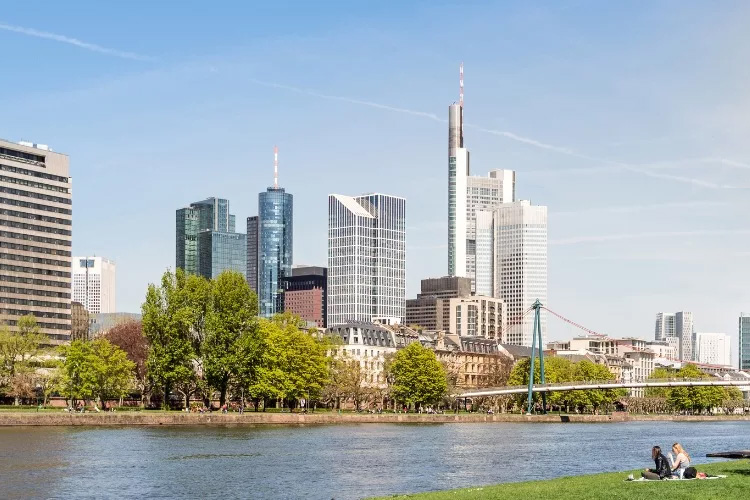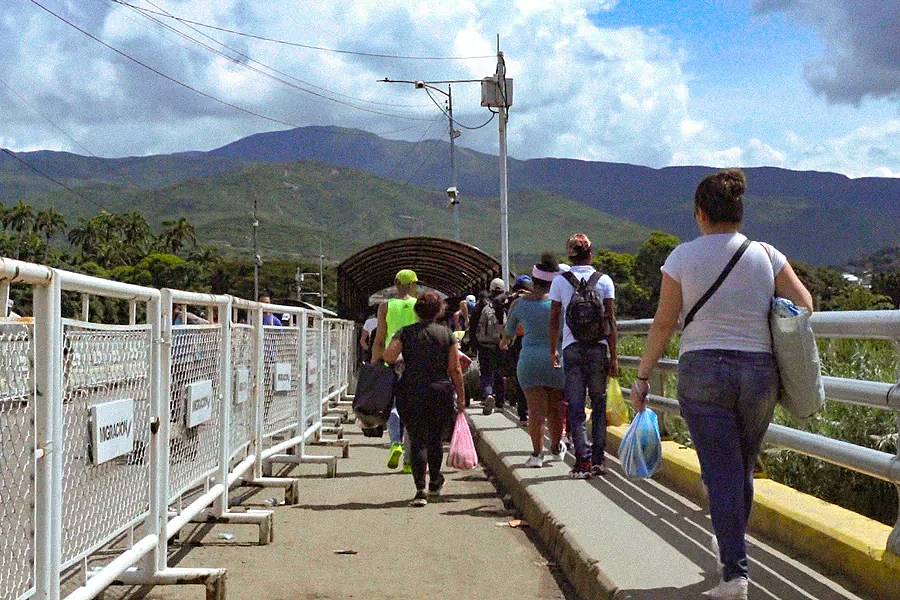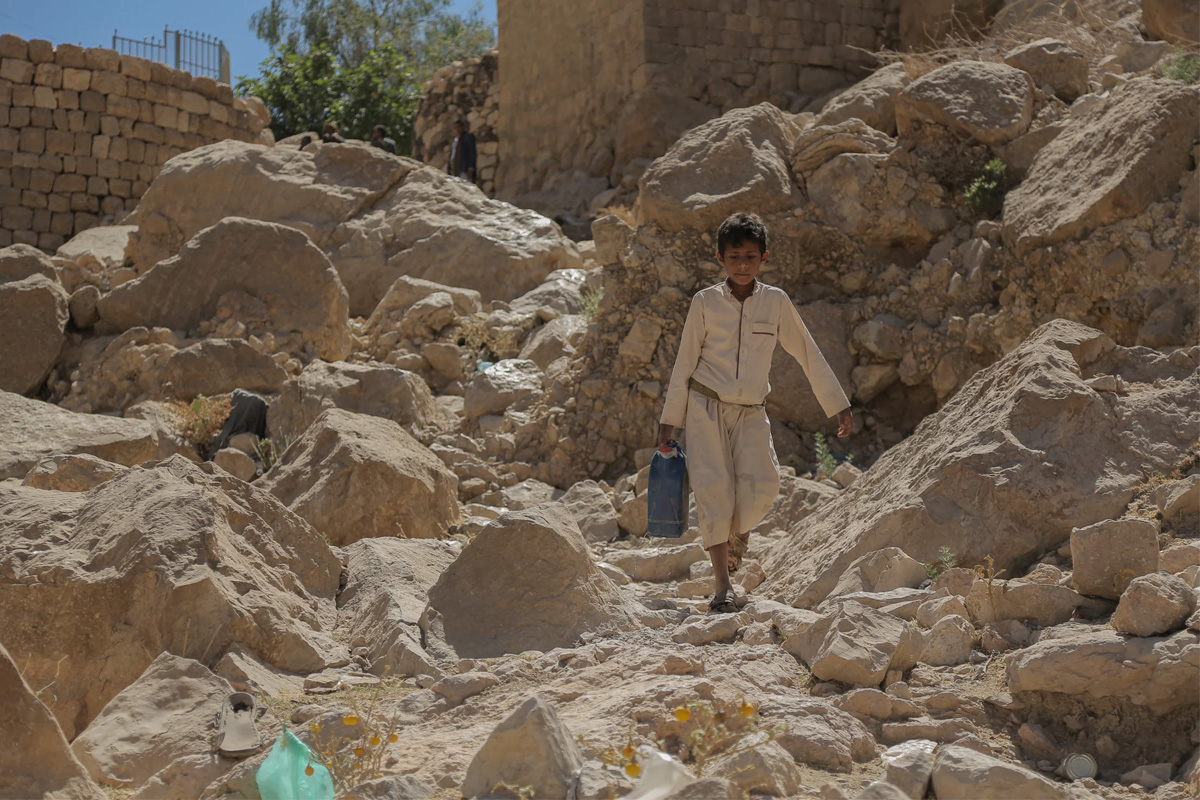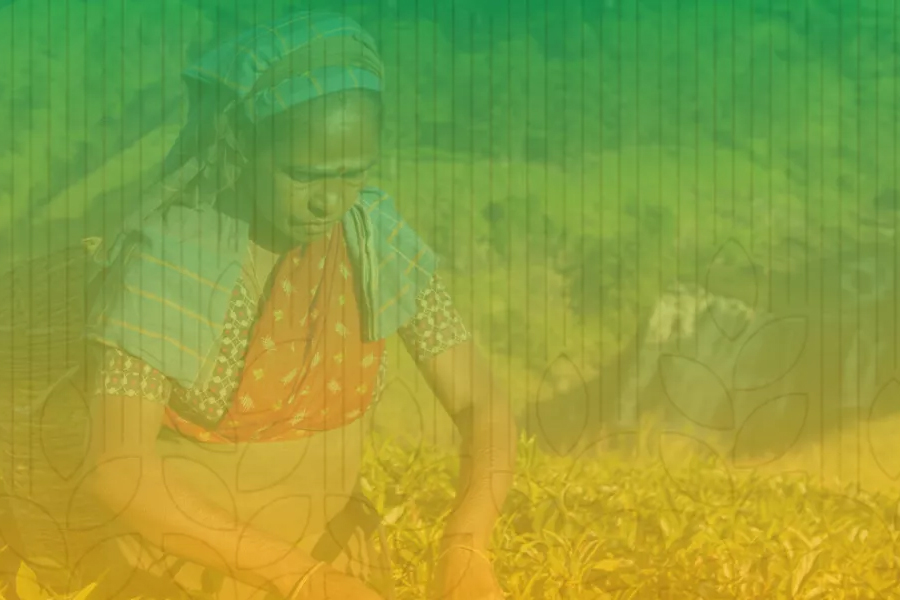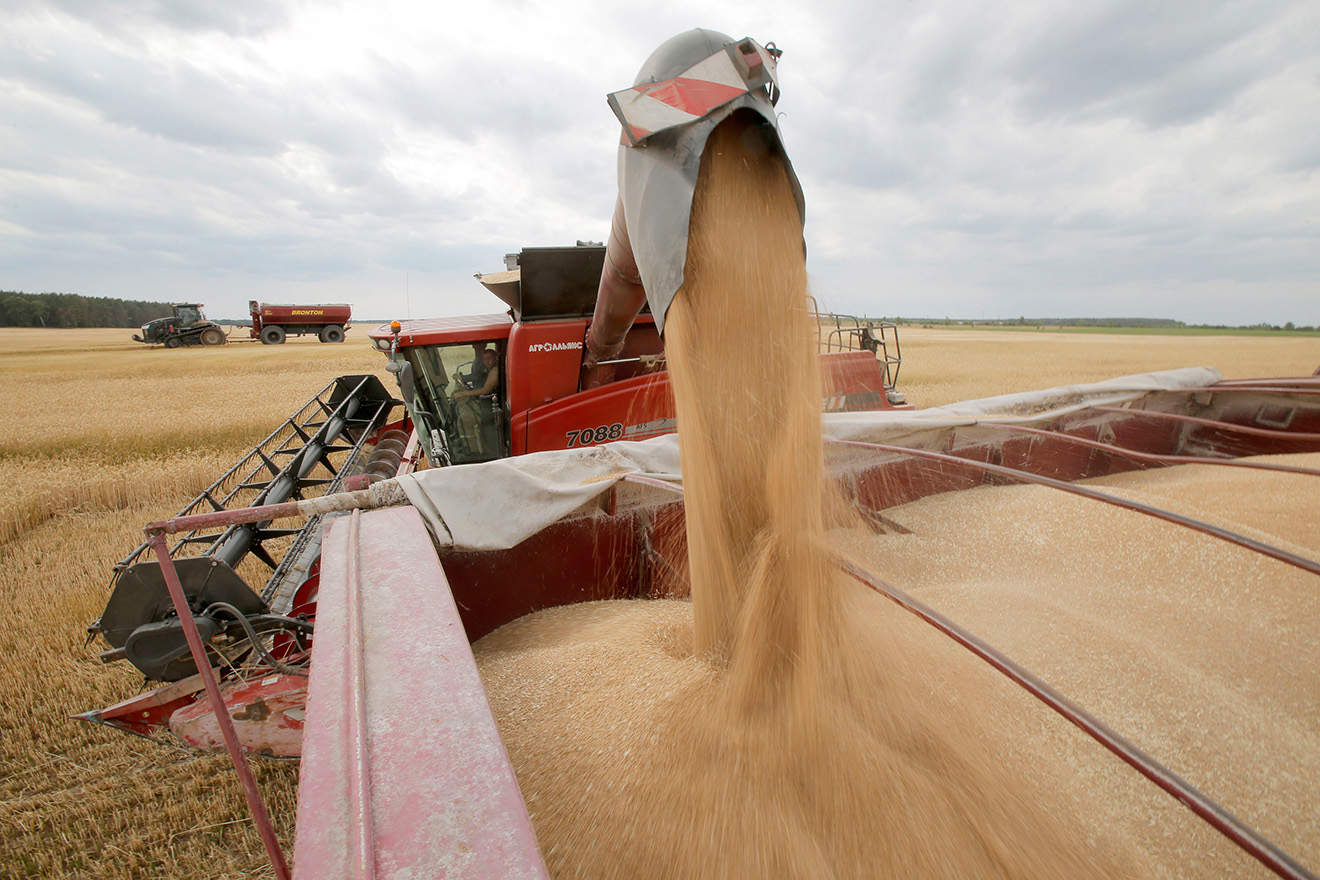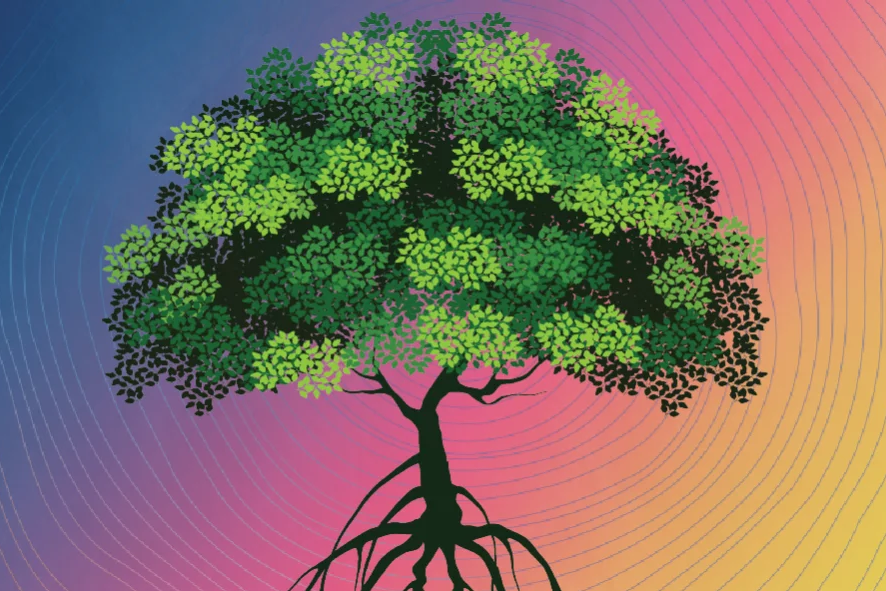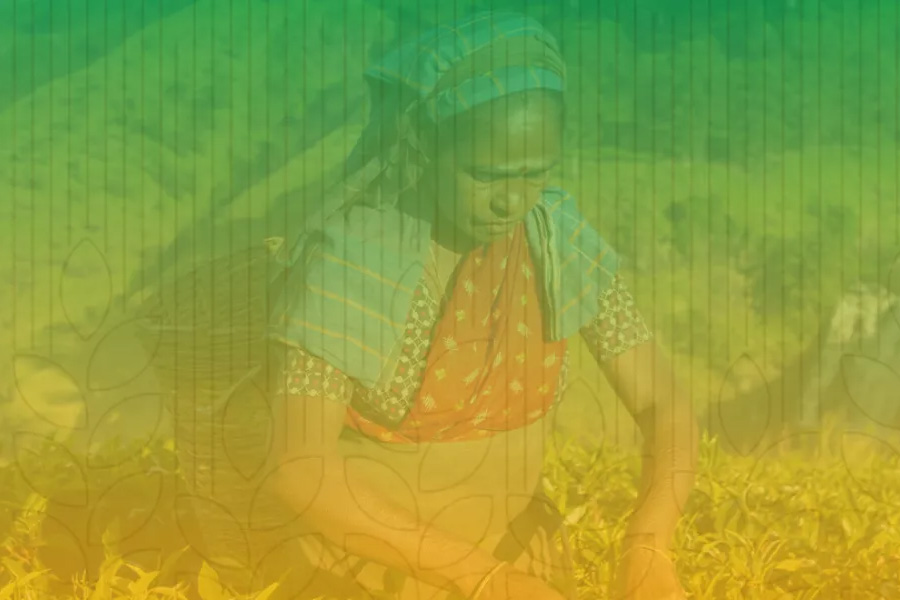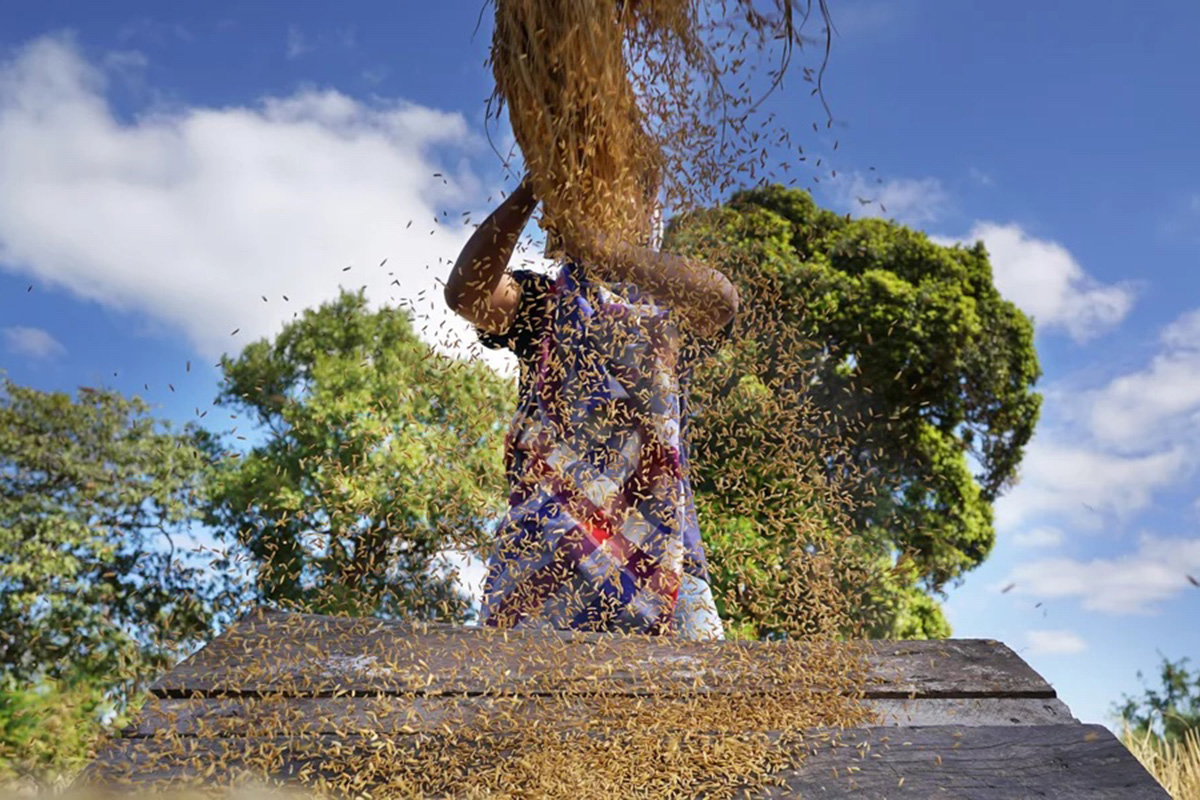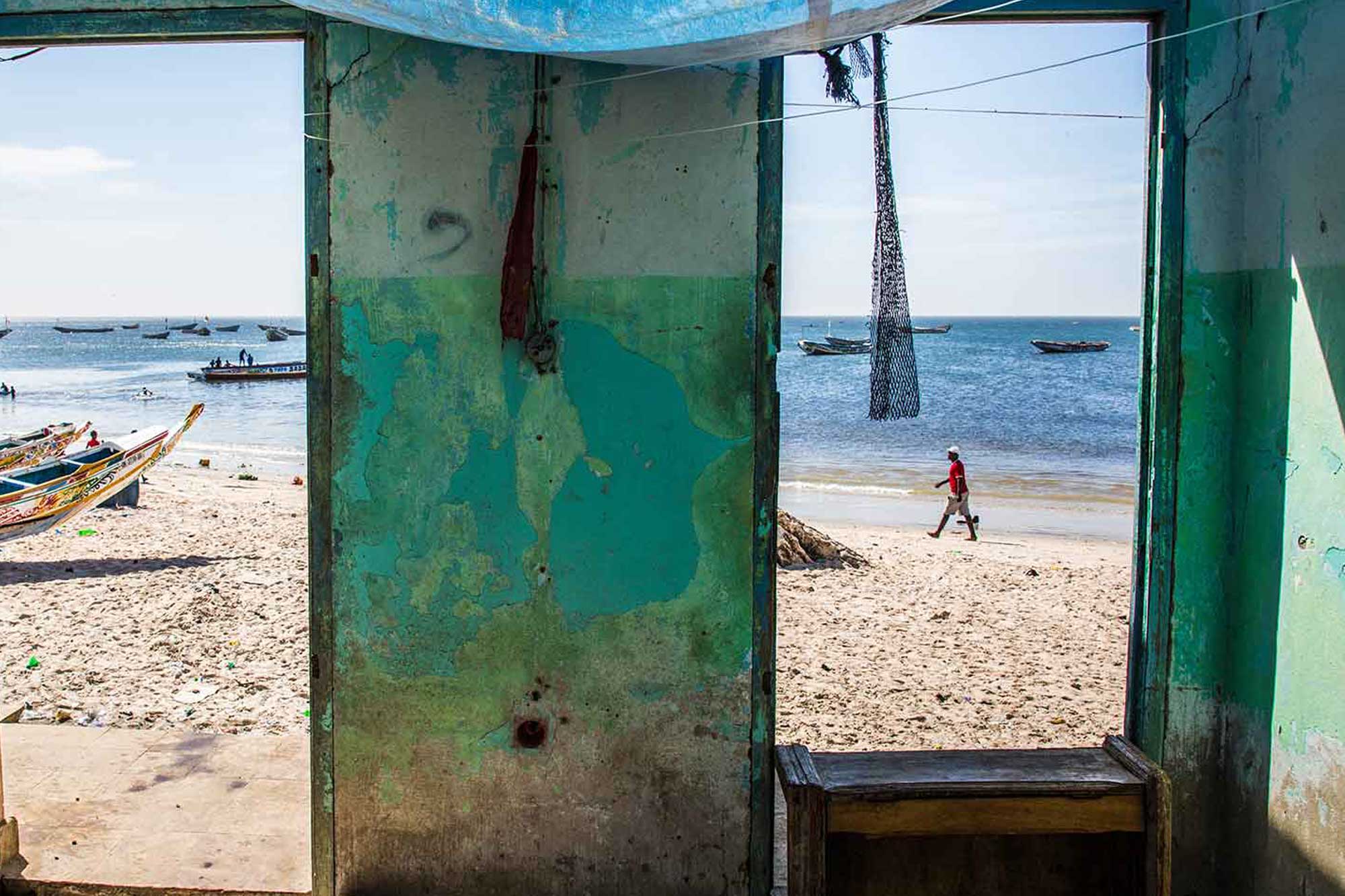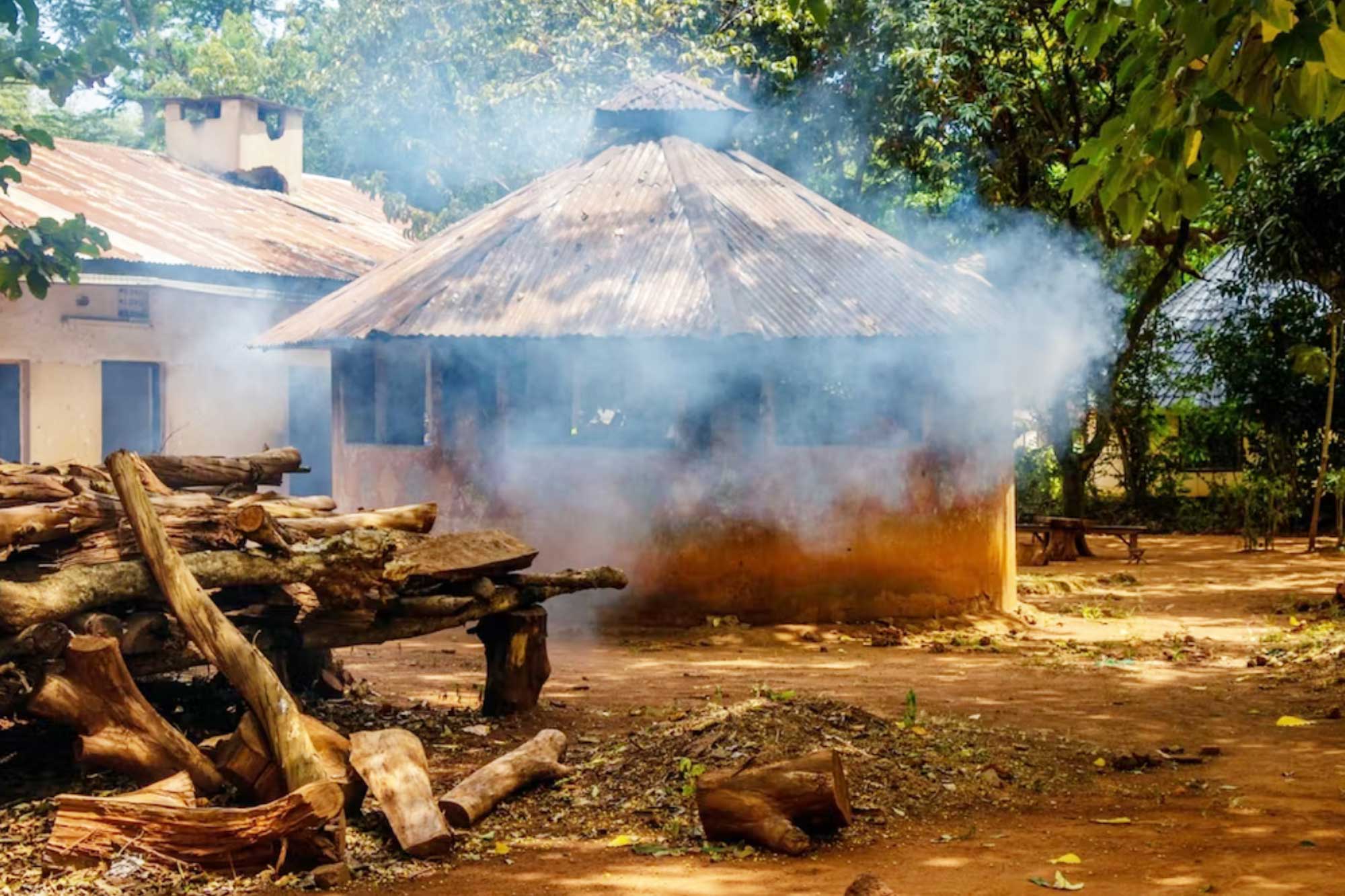Cities, as engines of prosperity, have been major contributors to climate change. A new report by the World Bank suggests that cities also hold one of the keys to solving the climate crisis. By 2050, nearly 70% of the world’s population will call cities their home. The report examines over 10,000 cities to determine how green, how resilient, and how inclusive they are while examining the two-way relationship between cities and climate change. The report offers guidance to policymakers on how to help their cities become greener, more resilient, and more inclusive.
World Bank
Populations across the globe are aging at an unprecedented pace, making many countries increasingly reliant on migration to realize their long-term growth potential. The World Bank report World Development Report 2023: Migrants, Refugees, and Societies, identifies the unique opportunity to make migration work better for economies and people. Wealthy countries as well as a growing number of middle-income countries face diminishing populations. Meanwhile, most low-income countries are expected to see rapid population growth, putting them under pressure to create more jobs for young people.
Between 2022 and 2030 average GDP growth is expected to decline as nearly all the economic forces that powered progress and prosperity since the early 1990s have weakened.
Water is the lifeblood of a healthy people and planet and is critical for economic growth, healthy ecosystems, and life itself. But with over 2.3 billion people without safe drinking water and 3.6 billion people lacking safe sanitation, a global water crisis currently threatens development. The global economic costs of water insecurity estimated at nearly $500 billion per year. As the world’s largest multilateral source of financing for water in developing countries, the World Bank Group is committed to innovative, inclusive, and sustainable water action towards a water-secure world.
The World Bank has spent more than $12 billion, out of the $30 billion committed last year, on nutrition security projects and lending – with almost half for Africa, one of the hardest hit regions by the food crisis.
People are at the heart of all emissions reduction programs. The World Bank focuses on social inclusion at every stage of result-based climate finance programming — from up-front engagement and investment in communities to enable their participation in emissions reduction activities, to the design and implementation of benefit sharing plans that guide the distribution of results-based payments.
COVID-19 has caused unprecedented interruptions to schooling. At the peak, it's estimated that pandemic-related school closures disrupted education for over 1.6 billion children in 188 countries, with the world’s poorest children disproportionately affected. The good news is that we know how to recover. A learning recovery programme can help get students back on their pre-pandemic learning trajectories. In 2022, a joint UNICEF, UNESCO and World Bank report provided an update on what countries are doing for education recovery.
As the largest source of external financing for education in developing countries, the World Bank’s portfolio of over $23 billion aims to improve learning. Over the last 3 years, the Bank’s lending for education has doubled compared to the preceding 10 years. Projects are reaching at least 432 million students and 18 million teachers.
Global growth is slowing down sharply in the face of elevated inflation, higher interest rates, reduced investment, and disruptions caused by Russia’s invasion of Ukraine, says the World Bank's latest Global Economic Prospects report. The report provides global, regional, and country economic forecasts for the next two years. It offers the first comprehensive assessment of the medium-term outlook for investment growth in emerging market and developing economies and sheds light on the dilemma of 37 small states, with a population of 1.5 million or fewer.
As an unstable and uneven economic recovery took form during 2022, global development faced a crisis. A global vaccination effort helped countries begin emerging from the pandemic. Food inflation and food insecurity rose significantly throughout the year, exacerbated by climate change and Russia’s invasion of Ukraine - contributing to higher food, fuel, and fertilizer prices. To combat these multiple crises and help contribute to a more stable and equitable recovery, the World Bank worked to support countries to meet their greatest needs. Below is a snapshot of this work in nine charts.
Biodiversity is our planet’s wealth. It is a cornerstone of development, and its loss threatens many hard-won development gains. Biodiversity blunts the impact of other crises, like climate change and conflict, on development; it is also the wealth of poor nations and poor communities within nations as a producer of jobs and GDP. The World Bank’s Global Program on Sustainability provides tools and expertise for governments and the financial sector as they integrate environmental and sustainability considerations into public and private decisions.
The World Bank shows that the price inflation remains high on domestic food around the world. July to October 2022 shows high inflation in almost all low-income and middle-income countries.
The shrinking value of the currencies of most developing economies is driving up food and fuel prices in ways that could deepen the food and energy crises already faced by many, according to the World Bank’s latest Commodity Markets Outlook report. Because of currency depreciations, almost 60 percent of oil-importing emerging-market and developing economies saw an increase in domestic oil prices, even as prices decline in U.S. dollar terms.
There is a recent wave of “ocean-friendly” financial solutions working to support the blue economy. While the blue finance market is still in its infancy, it is starting to flourish. But can we move fast enough? Here is what the IFC is doing to make it happen.
WHO's online repository has over 100 UN tools and guidance documents that can be used to develop and implement air quality management strategies.
The world is facing a series of unprecedented overlapping crises: conflicts, the COVID-19 pandemic and climate change are impacting the poorest and most vulnerable. Decades of development progress are at risk. Learn how the World Bank is mobilizing $170 billion for crises response.

